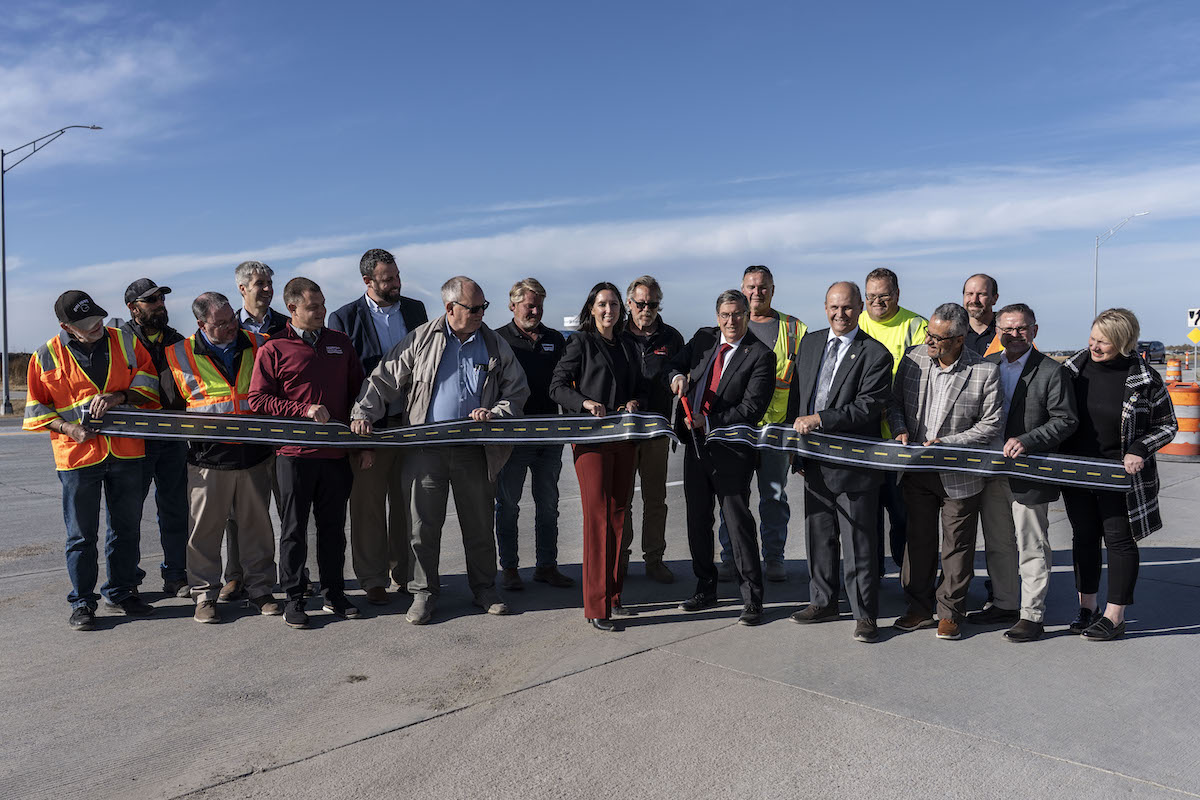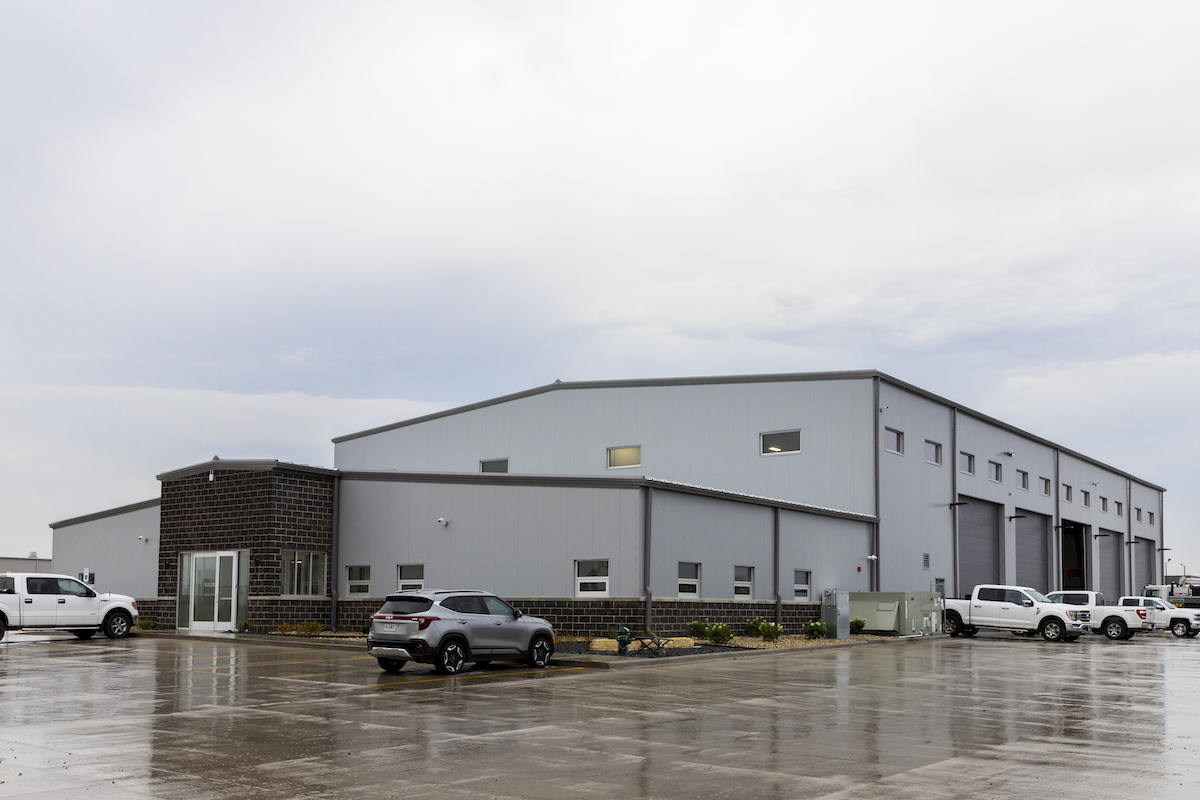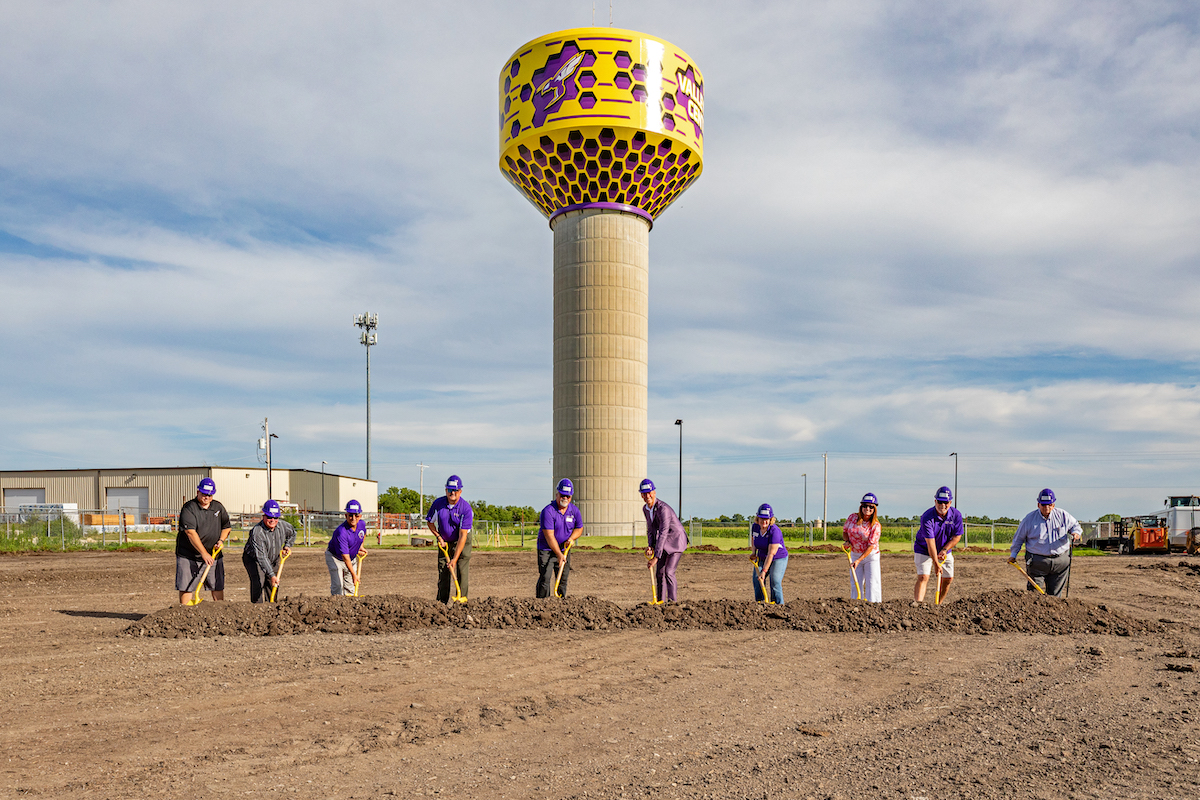Wouldn’t it be great if the entire jobsite – the general contractor, subs, designers, owners, equipment vendors and material suppliers – were all working in sync with the data that shifts with each condition change, progress report, change order, telematics warning, and machine inspection? That the right people got the right information at the right time to make informed decisions?
This one-dashboard vision is much, much easier said than done. The journey of one equipment manager illuminates the roadblocks.
Several years back, Langdon Mitchell, Equipment Division General Manager for heavy civil contractor Morgan Corp., needed to have someone physically go machine-by-machine to update the software in his fleet.
The next big hurdle: each OEM had its own proprietary telematics portal. Like most contractors, Morgan has a mixed fleet and getting a unified fleet view from all the disparate systems was clunky and time-consuming, Mitchell said.

| Your local Topcon Positioning Systems Inc dealer |
|---|
| Star Equipment LTD |
The Spartanburg, South Carolina, company is now using a third-party product that amalgamates the information from each brand in the company fleet in addition to its rental equipment. “It’s become a single source of truth,” Mitchell said. “Beyond the raw telematics data, it’s allowing us to have tools to have actionable items.”
But more is needed, said Will Hipp, Equipment Data Analyst with Morgan. “Our eventual goal is to have all the project managers on board so they can see the machines on other jobsites and identify any machines that have little utilization.”
That involves getting dynamic project schedules to match up with fleet needs so areas can be pinpointed where the company perhaps has too many or not enough machines. “That is one of the biggest tasks we have – making sure that machines are in the right place at the right time,” Mitchell said.
“It sounds pretty simple, but when you take a look at the disparate systems GCs, subs, developers and agencies use, everybody has different formats and protocols so it’s extremely convoluted,” said Brian Juroff, Senior Vice President of Sales – Positioning Solutions at Topcon Positioning Group. “While jobsite connectivity is easy to define, executing it is a completely different matter. Every contractor has a different soup mix of software for office, modeling, scanning, etc. It becomes a huge hurdle.”
“There’s an immense amount of data that’s created throughout the course of a construction project,” said Patrick Stevenson, Vice President of Product Management and Platform at Trimble. “Jobsite connectivity is making sure that information is transferring to the right individuals at the right moment in time so that they can more effectively do their job.”

| Your local Takeuchi Mfg Ltd dealer |
|---|
| Star Equipment LTD |
| Kirby-Smith Machinery |
What’s needed is a connective tissue that integrates fully with all pieces of information, creating a living, adaptive body of data.
“It’s providing a digital overview of what’s happening on the site so everyone can easily make decisions,” said Kenneth Veys, Portfolio Manager, Uptime and Connectivity at Volvo Construction Equipment.
“I’ve been on jobsites in the past where at 2:30 in the afternoon you were going to lose connectivity based on satellite positioning,” said Lonnie Fritz, Senior Market Professional at Caterpillar. “You could set your watch to it. GNSS alone has really driven improvement in accuracy and reliability.”
One of the biggest shifts is open architecture software so that data from different sources can be more easily integrated. “That’s allowing a lot of contractors to embrace the concept of automating their processes,” Juroff said.
While jobs in more remote areas still face connectivity issues, the amount of data that can now be transmitted has grown exponentially in the world at-large.

| Your local Gehl Co dealer |
|---|
| Star Equipment LTD |
And there’s a wealth of data that’s waiting to be mined in a connected way, from machine telematics to design data to labor apps, said Jason Anetsberger, Komatsu’s Director of Customer Solutions. Connected machines can now receive updated design data, report back their productivity and the shape of the terrain as they create it.
Severino Trucking of Candia, New Hampshire, went to a cloud-based model to reduce redundancy and disconnect, said Pat L’Heureux, Project Manager. “We have some crews that will take a project 80 percent of the way and then another group takes over. Everyone needs to have the same information.”
Going to the cloud has been a “huge time-saver,” reported L’Heureux. “I can now troubleshoot an issue in five minutes, where sometimes in the past it could take me three hours because of travel time.”
And it’s not just machines and production schedules that are part of the data mix. Trackers, specialized hardhats, and smart glasses are adding location, fall alerts, and biometrics information on construction workers, leading to increases in safety and labor management capabilities.
“Every year, the needle is definitely moving on the contractor technology adoption levels,” Fritz said. “There’s an increase in their belief of what technology can do to improve their operations.”

| Your local Gomaco dealer |
|---|
| Fabick CAT/MO |
| Road Machinery and Supplies Company |
The combination of grade control data with telematics reporting was a significant step forward, said James Leibold, Product Manager – Connectivity at John Deere: “You’re not just having machines that report data, but you can remotely go into a machine and fix it.”
The ability to not physically have to download job model revisions is critical, said Lyle Ballou, GPS Manager for DXI Construction in Churchville, Maryland. “We are managing 65 active jobs as we speak, and we have to manage the GPS info as different crews move in and out of different jobs weekly, sometimes daily.”
DXI Construction juggles the workload for 51 different crews in three different states, which necessitates being able to instantly connect and “program” each crew for the work to be performed.
“The investment we have made has eliminated not being able to work, because we have to wait for stakeout, or wait for a program to be driven to a job and downloaded,” Ballou added.
“It’s so fragmented right now there with the number of solutions,” agreed Mitchell. “One company has a cool answer for one thing and another company has a cool answer for another thing. How do you now bring that information into the whole so you can make decisions?”

| Your local Trimble Construction Division dealer |
|---|
| SITECH Central LLC |
“The different solutions can be siloed, which makes it hard to have cross compatibility,” added L’Heureux. “If providers get too proprietary, it can hurt the end user.”
Mitchell agreed. “What is exciting in our industry right now is how technology is really, really ramping up.”
Contractors will be able to piggyback on what’s happening in the broader technology space. In addition to jobsite connectivity, these efforts will also lay the groundwork for autonomous machines.
But don’t think job site connectivity will solve all problems, Bretz warned. “It’s likely it will reveal more issues and create a whole new aspect of managing jobsites and machines because it opens up a lot of information that wasn’t immediately available,” he said.
“The connected jobsite concept is something I’m passionate about and I want to see grow,” said L’Heureux. “It will help with the disconnect we see daily between companies, engineers, even internally. It will create more of community if we can share this data.”

| Your local Link Belt dealer |
|---|
| Kirby-Smith Machinery |




































































